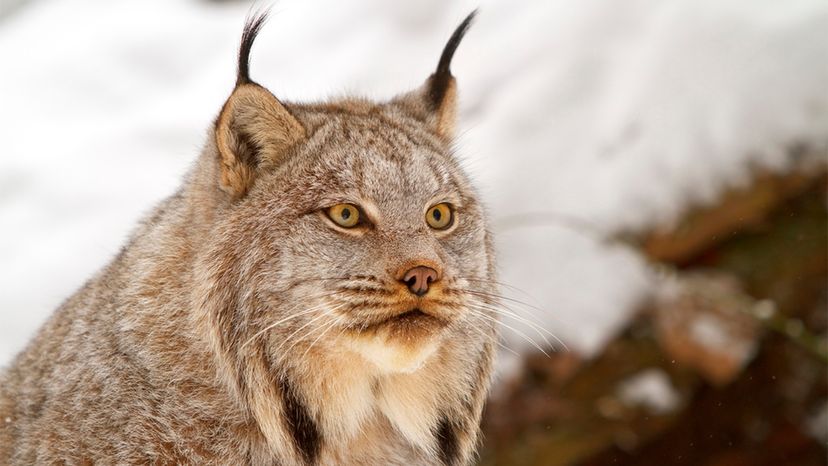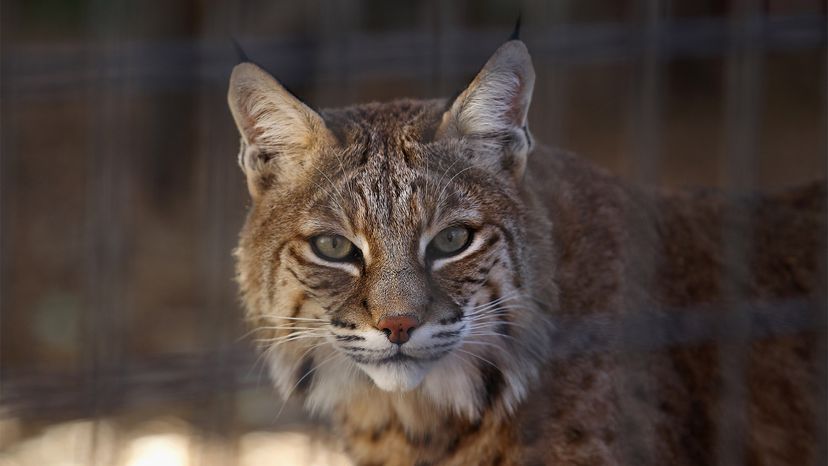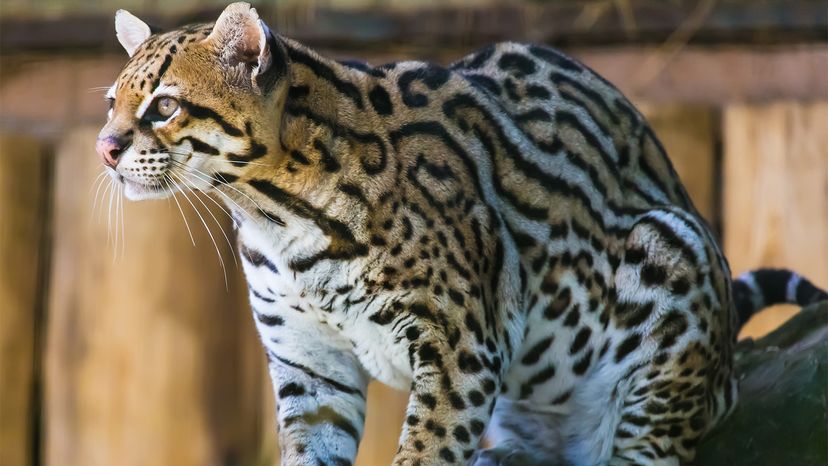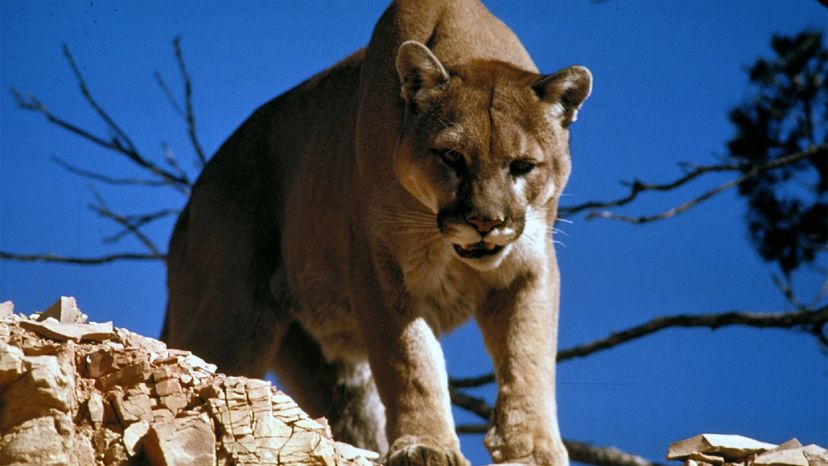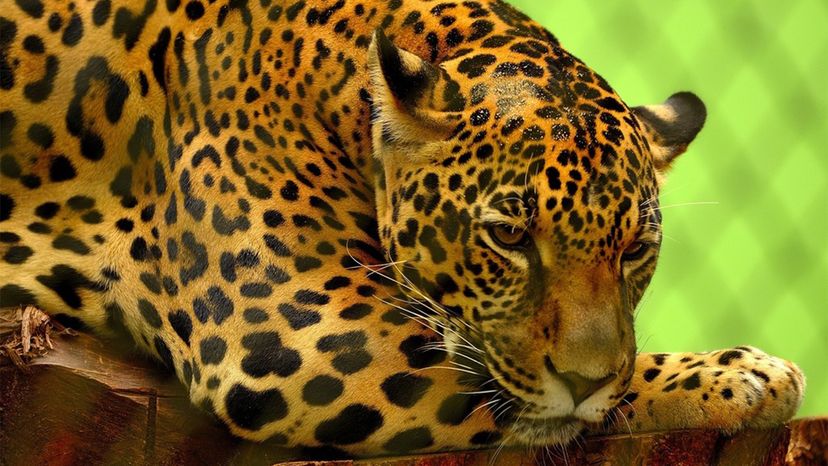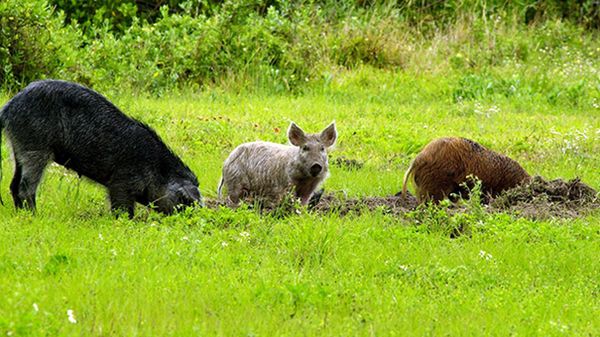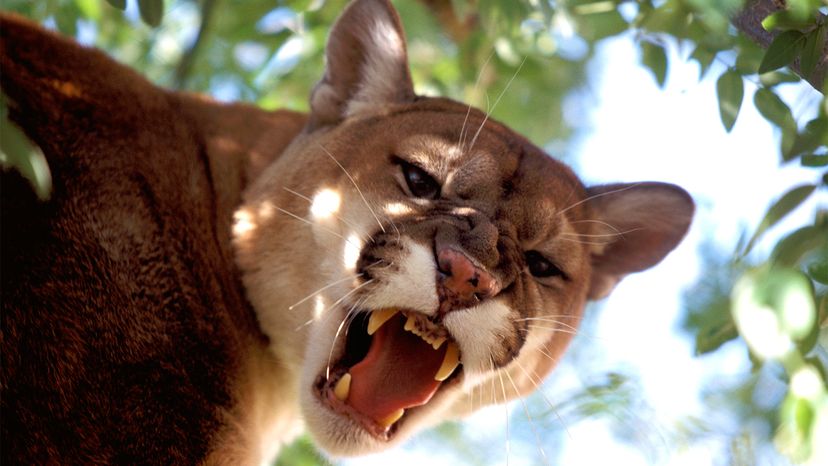
In 2017, my local news channel ran an online piece titled, "TIMELINE: This week's San Francisco mountain lion sightings." And while the piece explicitly stated that such sightings were typically very rare, it was a little disconcerting to think even one such sighting could take place in a bustling metropolis like San Francisco.
But the reality is, as technologically advanced and digitally obsessed as our cities are, we're all pretty much just guests in the wild space on which this country is built. "Many Americans don't realize that even today we share our landscapes with wild cats," says Shari Wilcox, Ph.D., Texas Representative for national conservation organization, Defenders of Wildlife in an email interview. "From the remote stretches of Arizona where the jaguar still prowls to bobcats lounging poolside in suburban backyards; from cougars who pass before the Hollywood sign each night in Los Angeles to lynxes who bound down ski slopes. We share these spaces with wild cats across the U.S., and we have a responsibility to our feline neighbors to share these landscapes responsibly so that they have access to habitat, prey, and mates so that they may survive and thrive."
Advertisement
Here are the six species of wild cats you may not have known still inhabit the U.S.:
Advertisement
